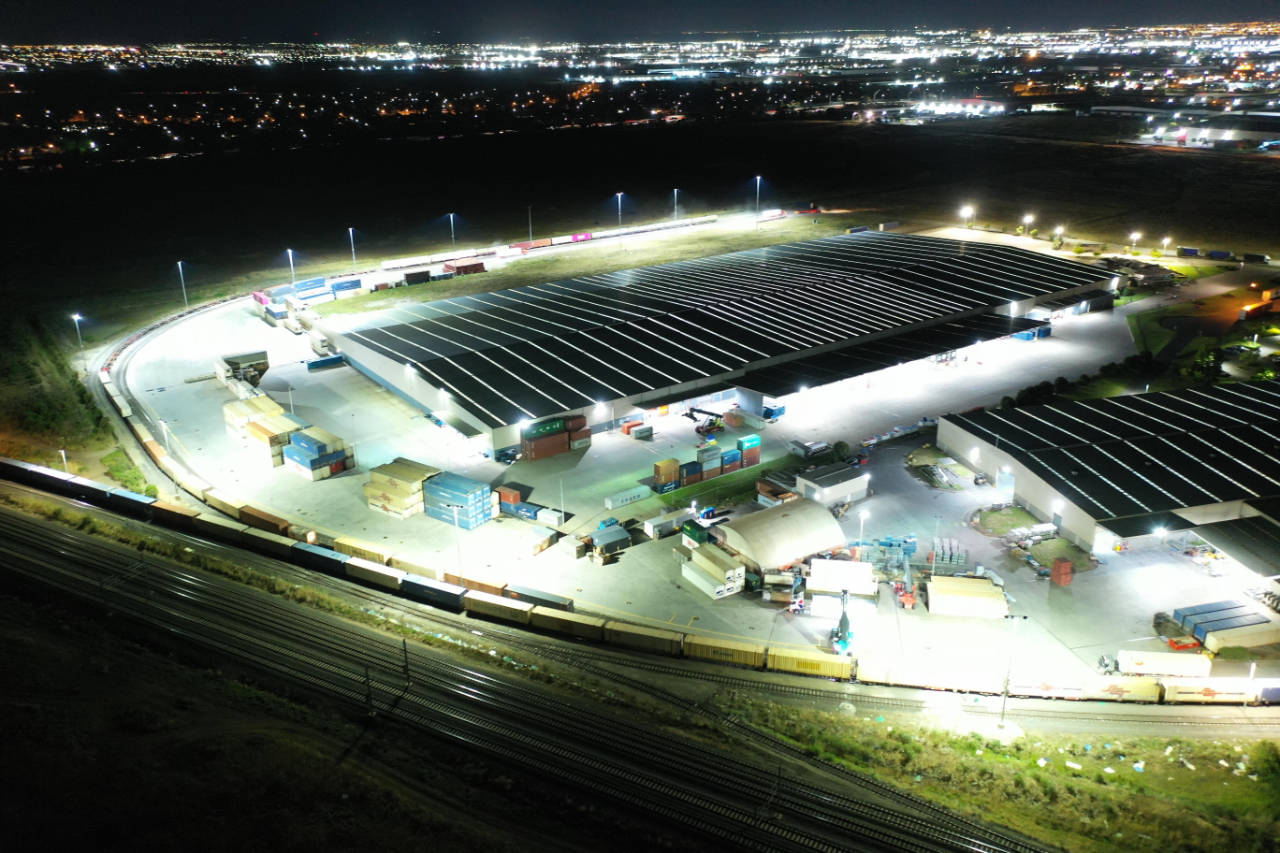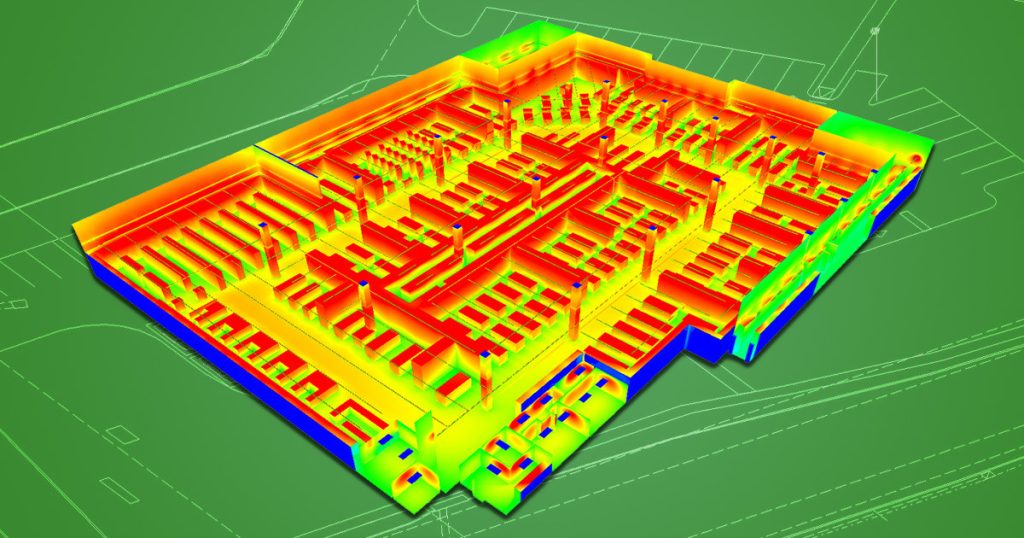Introduction In high-rise buildings, fire safety is of utmost importance. The task of designing effective fire protection systems, including fire

In the technologically advanced era we live in, lighting plays a pivotal role in our daily lives. From illuminating our homes to enhancing safety on roads, lighting systems are omnipresent. To ensure efficient and effective lighting solutions, the use of photometric study has become increasingly necessary. In this blog post, we will delve into the significance of photometric study in today’s world, focusing specifically on its relevance to California’s unique lighting needs.
Photometric study is a scientific analysis that measures and evaluates the distribution, intensity, and quality of light emitted from various sources. It involves the use of specialized instruments to gather data, which is then analyzed to understand and optimize lighting performance in different environments. This study encompasses aspects such as luminance, illuminance, color temperature, and glare, providing valuable insights for lighting design, planning, and implementation.
California, known for its diverse landscapes and vibrant cities, presents a wide array of lighting requirements. From urban areas with bustling streets to scenic coastal regions and serene residential neighborhoods, each location demands tailored lighting solutions. Photometric study plays a crucial role in meeting these unique lighting needs effectively.
In California, safety is of utmost importance, particularly when it comes to roadways and pedestrian areas. Proper lighting levels and uniform distribution are essential to ensure clear visibility, reduce accidents, and deter crime. Photometric study enables engineers and designers to accurately assess lighting conditions and implement appropriate measures to enhance safety on California’s streets and highways.
As a state committed to sustainability and reducing energy consumption, California relies on efficient lighting systems. Photometric study enables the identification of energy-efficient lighting fixtures, optimal placement, and controls, resulting in reduced energy waste and cost savings. By using accurate measurements and simulations, lighting professionals can design lighting schemes that meet California’s strict energy regulations.

California is renowned for its architectural wonders and iconic landmarks. Photometric study helps urban planners and architects in designing lighting systems that enhance the visual appeal of these structures and public spaces. By considering factors such as color rendering, light distribution, and intensity, photometric analysis ensures that California’s architectural marvels are showcased in their full splendor.
California’s commitment to environmental stewardship extends to its lighting practices. Photometric studies aids in evaluating the ecological impact of lighting installations on the surrounding environment. It helps minimize light pollution, protect wildlife habitats, and preserve the state’s natural beauty. By understanding the distribution of light and its effects, California can implement lighting strategies that are environmentally friendly and sustainable.
Photometric study has become an indispensable tool in addressing California’s diverse lighting requirements. From safety and energy efficiency to urban planning and environmental impact, this scientific analysis provides valuable insights for designing lighting systems that meet the unique needs of the state. By harnessing the power of photometric study, California can continue to illuminate its streets, landmarks, and communities efficiently and sustainably.
About Author
Fate Ol